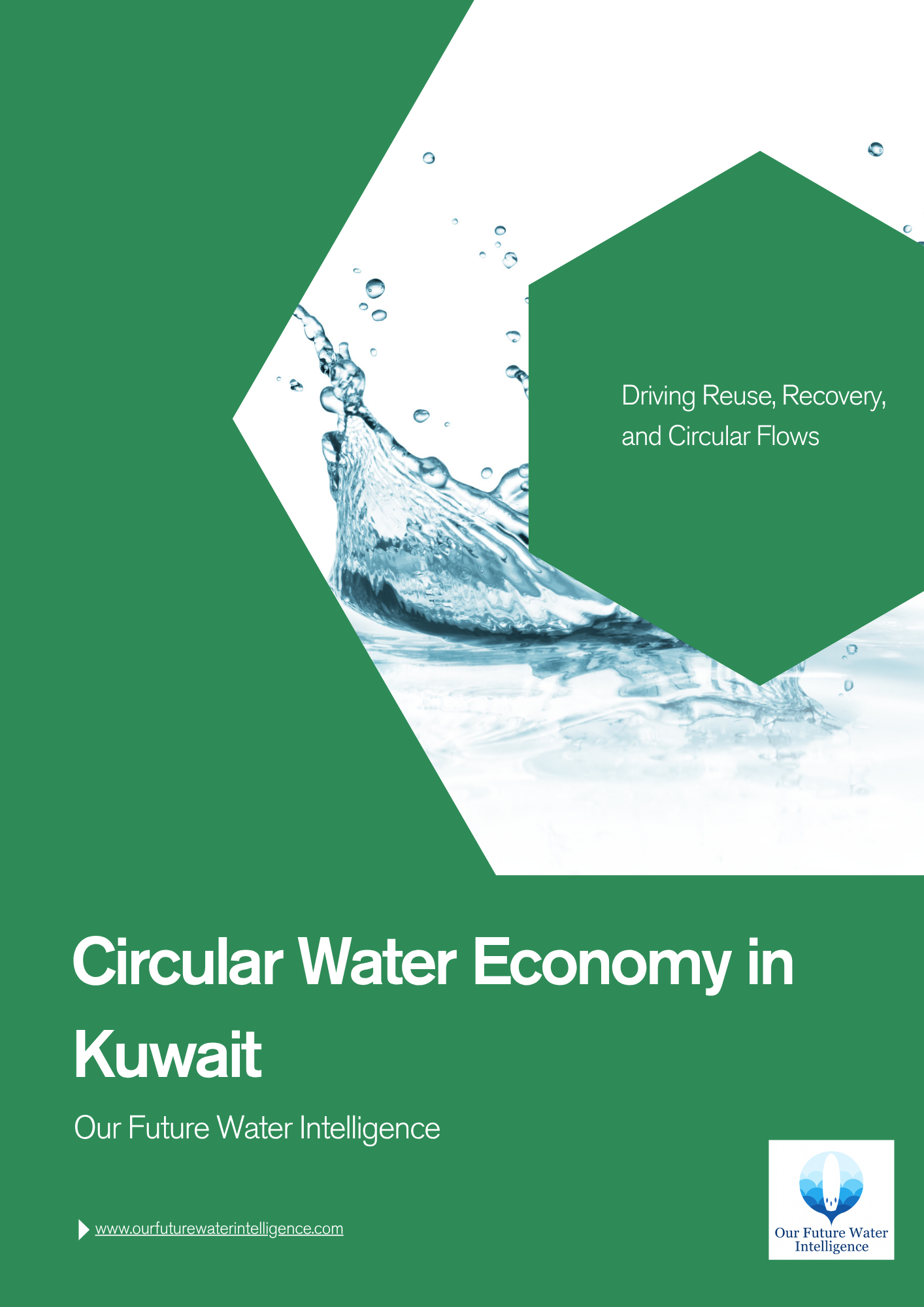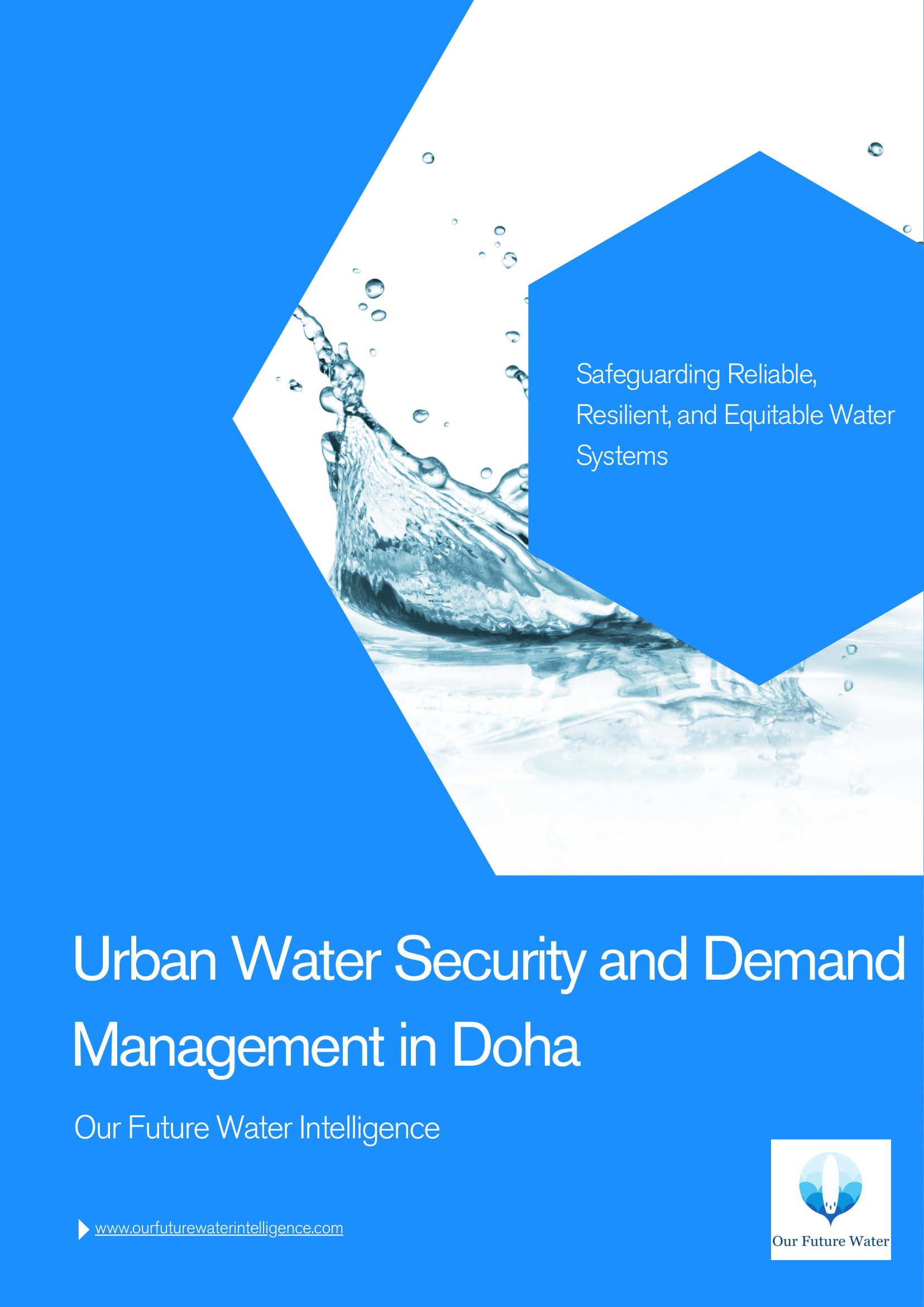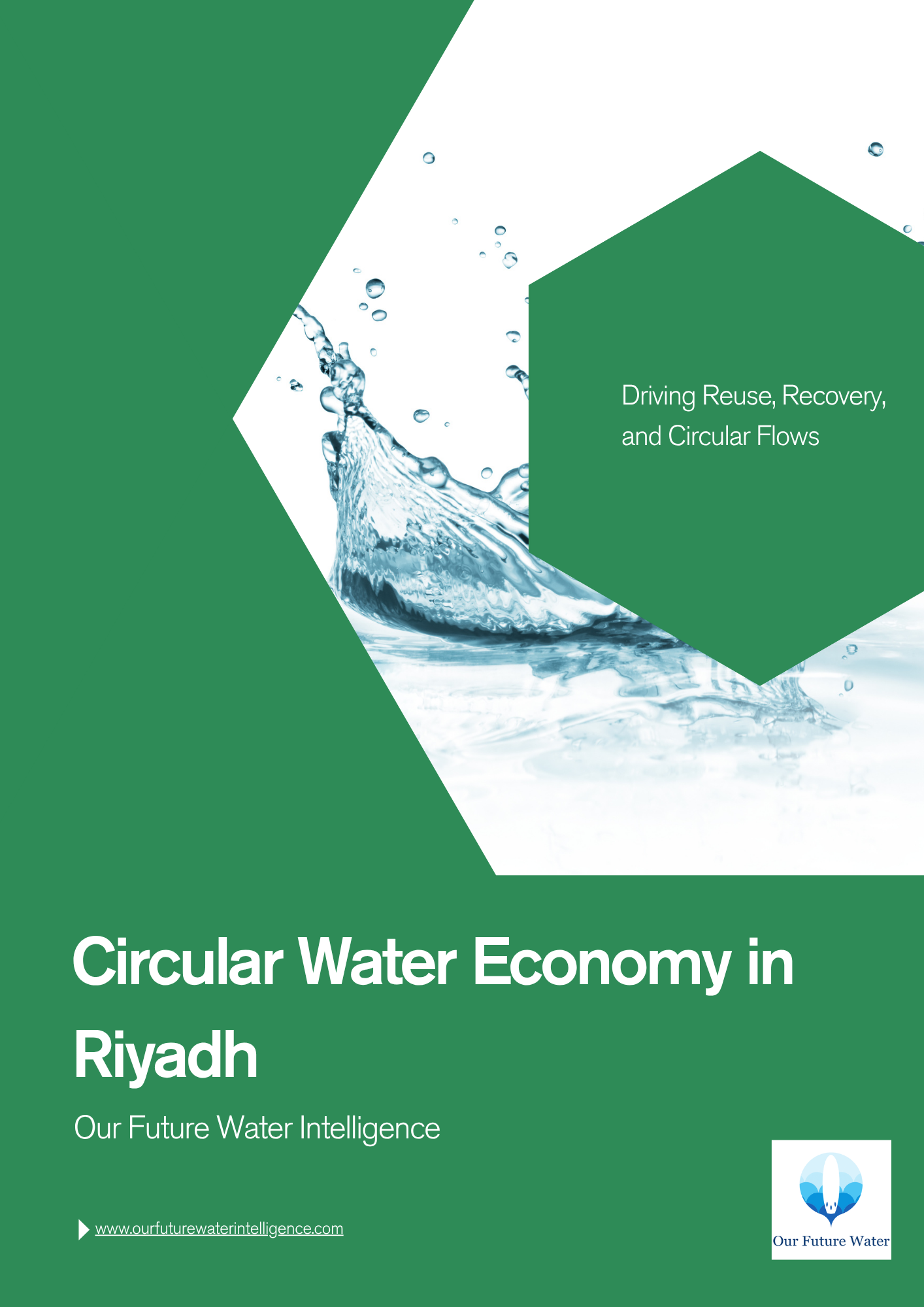Muscat Water System Brief | Comprehensive Profile of Muscat’s Water Systems, Governance, and Infrastructure
Muscat Water System Brief: Comprehensive Profile of Muscat’s Water Systems, Governance, and Infrastructure delivers an authoritative and data-rich assessment of Oman’s capital water sector—analyzing the systems, institutions, and infrastructure that secure sustainable supply in one of the most water-stressed environments on Earth. The report provides exclusive insights into how Muscat is managing rapid urban growth, desalination dependency, and climate challenges through innovative infrastructure investments, advanced technologies, and governance reforms aligned with Oman Vision 2040 and the national Net Zero 2050 roadmap.
Key Insights
Comprehensive Urban Water Profile
Muscat’s water system is anchored in large-scale desalination facilities—including Ghubrah II & III, Barka IV & V, and Qurayyat IWPs—while expanding treated wastewater reuse projected to reach 100 million m³ by 2030. Surface water diversification is advancing through the Wadi Dayqah Dam purification project, supporting long-term supply stability.
Governance and Institutional Strength
Oman’s water governance—led by the Ministry of Agriculture, Fisheries, and Water Resources (MAFWR), Nama Water Services (NWS), Nama PWP, and the Authority for Public Services Regulation (APSR)—drives efficiency, financial sustainability, and ESG alignment through tariff reform, performance regulation, and widespread smart-meter integration.
Infrastructure and Digital Transformation
The OMR 700 million national infrastructure program features more than 320,000 smart meters, 27 strategic projects, and major PPP investments such as Ghubrah III and Wadi Dayqah. These initiatives enhance efficiency, reduce Non-Revenue Water (NRW) from 39.6% to a target of 10% by 2036, and advance Muscat’s digital resilience.
Climate Resilience and Risk Mitigation
Muscat is strengthening climate resilience through advanced stormwater systems, including the Bowsher and Al Jiffnain channels, alongside renewable-powered desalination and adaptive infrastructure designed to manage sea-level rise, extreme rainfall, and rising heat stress.
Circular Economy and Renewable Integration
Muscat is embedding Circular Water Economy (CWE) principles—Reduce, Reuse, Recycle, Recover, and Restore—across its systems. Solar desalination projects at Sharqiyah and Barka V and treated-effluent reuse for landscaping and industry are reducing energy intensity and enhancing sustainability.
Investment and Sustainable Finance
The Oman Sustainable Finance Framework supports green, blue, and social bonds, enabling private-sector participation and mobilizing international capital for climate-resilient water infrastructure investments throughout the Sultanate.
Strategic Outlook and Foresight
Muscat’s policy reforms, digital innovations, and PPP frameworks position it as a regional leader in resilient urban water management—balancing economic growth, environmental stewardship, and national water security for the long term.
Designed for policymakers, utilities, investors, and consultants, Muscat Water System Brief provides strategic foresight and actionable intelligence for advancing sustainable, low-carbon, and climate-resilient water management in the Sultanate of Oman.




